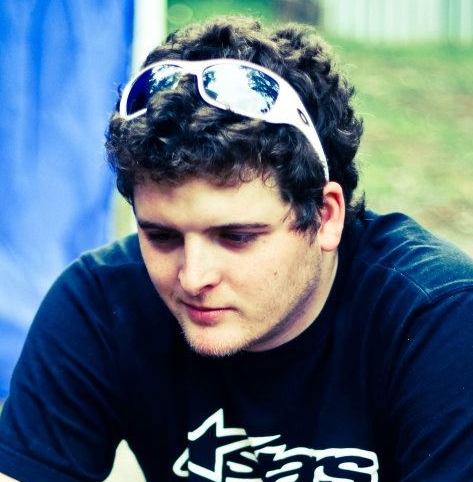Traditionally, our interaction with bacteria has been viewed in terms of disease, although most bacteria are however either benign or beneficial. Evidence has been gathering about the fundamental role bacteria play in the development of the immune system, and the general health of animals. Indeed, humans are estimated to carry 10 times as many bacterial cells as human cells; so we are really a super-organism, more bacterial than human.
In any population of commercial poultry, there are those that naturally ‘do better’, especially in terms of disease challenge. The development of our understanding of the interplay between the chicken and its gut microbiota can lead to the development of ways of manipulating the interaction to obtain positive productivity outcomes. Poultry CRC PhD student Jake Lacey at Monash University, and CSIRO’s Australian Animal Health Laboratory, is investigating this potential method of increasing bird performance.
Jake’s project is investigating the importance of microflora for the health and productivity of the broiler chicken, with the results having potential to be beneficial across the poultry sector. Jake explains, “We are investigating two experimental systems to look for beneficial bacteria; bacteria that may allow more efficient extraction and mobilisation of energy from food, and bacteria that could make animals resistant to disease.” Initial work has identified candidate bacterial species that can now be isolated and characterised.
Jakes research is aligned with other Poultry CRC projects, namely Bob Hughes’ Identification of microbial and gut-related factors driving bird performance (Sub-Project 2.1.5) and Rob Moore’s Vaccine against Clostridium perfringens to protect birds from necrotic enteritis (Sub-Project 1.1.2). In particular, Jakes work is focussing on a necrotic enteritis (NE) disease challenge. “What we’ve noticed in animal trials inducing NE; there’s always birds that don’t come down with disease” said Jake. “We know that there is some genetic variation there, but are hoping that there is a clear microflora difference between these birds. Then hopefully we can find that there are some key species or collaboration of groups that could be preventing the colonisation of Clostridium perfringens (the causative agent of NE in poultry).”
The research is focused on four specific outcomes:
- Microbial populations will be characterised from animals within a cohort that are at the extremes of energy utilisation efficiency. Correlations between energy status and microbial populations will be investigated,
- Similar characterisation will be done on samples derived from animals in an infection model that either have or have not succumbed to an NE challenge,
- Microbial population transplant experiments will attempt to transfer “favourable” populations, to give either improved energy use in recipients or resistance to disease, and
- Development of in vitro assays for particular aspects of microbial/host interactions that may influence the outcome of in vivo trials.
The potential benefit to industry of this type of research is enormous, ranging from designing appropriate hatchery practices, to dietary interventions and application of probiotic strains and mixtures. “If we can find a few candidates that influence the colonisation (of C. perfringens) we can potentially produce an in-feed probiotic” said Jake. During his studies Jake will also develop an understanding of the poultry industry, particularly with regard to health and productivity issues. “I have enjoyed my experience so far, and look forward to continuing in this arena in the future” Jake concluded.


